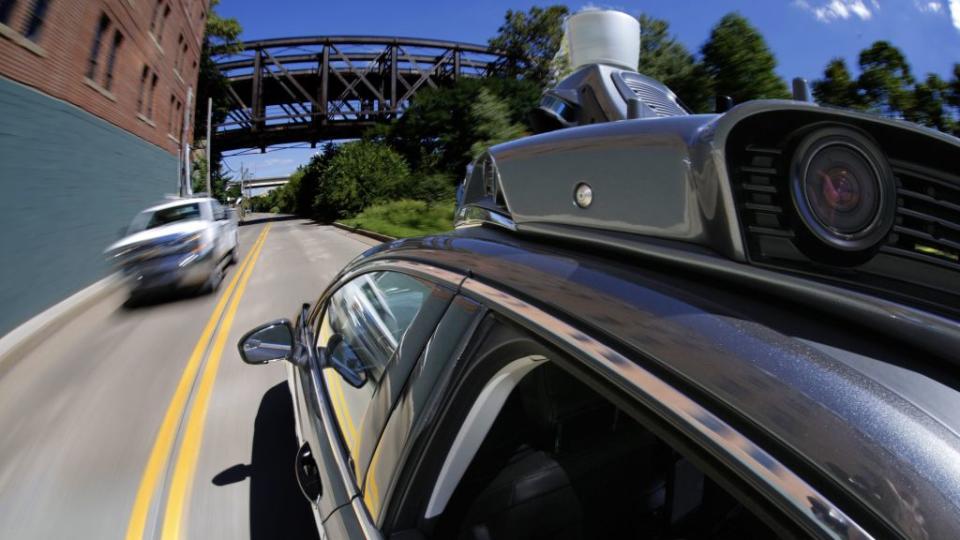Uber’s new AI team is looking for the shortest route to self-driving cars

At this very moment, dozens of Uber’s self-driving cars are touring San Francisco, Phoenix, and Pittsburgh, gathering millions of data points about how to drive in complex environments. Data has become the currency of artificial intelligence—conventional wisdom says the more information your machines can learn from the better they’ll be. But what if Uber could do less with more?
Today, Uber announced a separate AI research lab based in San Francisco, simply called Uber AI Labs. The ride-hailing giant will seed their research arm with the acquisition of Geometric Intelligence, a NYC-based startup focused on getting AI to do more with less data.
Geometric Intelligence, founded in October 2014, has done notable work on two interesting topics: making decisions with high accuracy from little data, and interrogating the inner workings of an algorithm. Earlier this year, the startup debuted software called Xprop, able to complete basic tasks like recognizing handwritten numbers—but with less than one-fourth the data of other algorithms. (However, there was a tradeoff with accuracy.) That software, never made open-source, will likely be gobbled up by Uber.
“Deep learning is very data hungry—we’re learning it faster,” Geometric Intelligence CEO Gary Marcus said in May. “What we have can sometimes cut the data needed by half, sometimes by a greater ratio.”
The company also published work on “deep generator networks,” a technique where they had their AI—trained on a standardized set of images—generate new images. That helps them figure out exactly what each neuron in the network was doing, and then, ideally, hone the network so it learns more efficiently from less data.
Knowing what the neurons have learned could also help correct driving errors, or rid the machines of poor habits learned from human drivers—like overcorrecting when the car starts to lose control in wintry conditions. This past May, Marcus hinted at the difficulty of training self-driving cars in these sorts of edge cases, saying that modeling every kind of weather condition and traffic situation repeatedly would be unreasonable.
These relatively abstract concepts both try to attack the same problem: making machines learn more like humans. For instance, New York State requires only 50 hours of supervised practice before a driver under 18 can take a road test. Uber already has hundreds and hundreds of hours spent on the road, in dozens of cars in three cities—and yet they still can’t reliably drive alone. It’s possible that Uber’s new lab can help them squeeze water from a stone, and use their data more efficiently.
“We live in this era of big data, and there’s this idea that we can just throw more data at the problem,” Marcus said. “But for some problems there’s just not enough data.”

Sign up for the Quartz Daily Brief, our free daily newsletter with the world’s most important and interesting news.
More stories from Quartz:

 Yahoo Finance
Yahoo Finance 